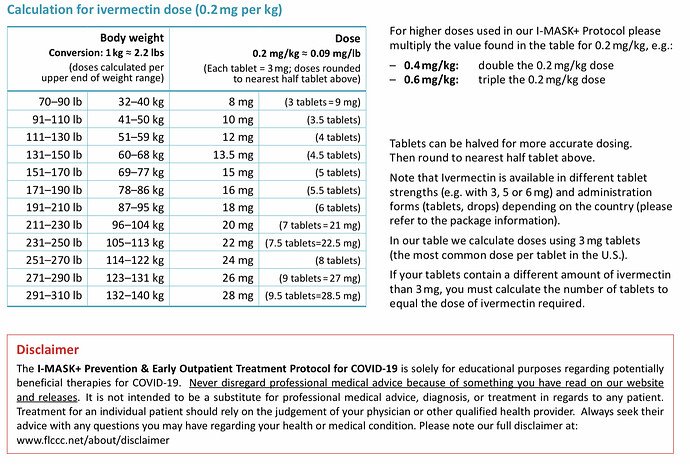If you’re running viral infection experiments in humanized mice, that’s an environment where the virus can evolve and will be selected for traits that increase human infectivity.
From the grant proposal docs linked there.
The three specific aims of this project are to:
3. Test predictions of CoV inter-species transmission. Predictive models of host range (i.e. emergence potential) will be tested experimentally using reverse genetics, pseudovirus and receptor binding assays, and virus infection experiments across a range of cell cultures from different species and humanized mice.
With bat-CoVs that we’ve isolated or sequenced, and using live virus or pseudovirus infection in cells of different origin or expressing different receptor molecules, we will assess potential for each isolated virus and those with receptor binding site sequence, to spill over. We will do this by sequencing the spike (or other receptor binding/fusion) protein genes from all our bat-CoVs, creating mutants to identify how significantly each would need to evolve to use ACE2, CD26/DPP4 (MERS-CoV receptor) or other potential CoV receptors. We will then use receptor-mutant pseudovirus binding assays, in vitro studies in bat, primate, human and other species’ cell lines, and with humanized mice where particularly interesting viruses are identified phylogenetically, or isolated.
So try to make mutants that will infect humans, in theory, and test them. What could go wrong?
C3d) Humanized mouse in vivo infection experiments: To evaluate pathogenicity of bat-CoVs we will perform in vivo infection experiments in humanized mice modified to carry human ACE2 or DPP4 gene in the Wuhan Institute of Virology BSL-3 animal facility.
… at the Wuhan Lab…
Humanized mice will be genetically modified to carry human ACE2 or DPP4 gene will be used to evaluate pathogenesis of CoVs. We cannot anticipate exactly how many viruses we will find that are candidates for experimental models, however we estimate that we will use Principal Investigator/Program Director (Last, first, middle): Daszak, Peter
… supervised by the guy who organized the academic media campaign to say an accident under his watch was definitely impossible.
We found that the bat hosts of SARSr-CoVs appear to no longer be traded in wildlife markets, and that people living close to bat habitats are the primary risk groups for spillover.
So not the wet market, but could be those working closely with infected humanized mice, I suppose.
P3CO Research. Recognizing the implementation of new gain of function research guidelines under P3CO, SARS-CoV and MERS-CoV are subject to these guidelines, and as such, reverse genetic studies are subject to review. Our group has considerable expertise in interfacing with the appropriate NIH P3CO institutional review boards to review, revise and finalize research designs that have the potential to modify pathogenesis or transmissibility in mammals. Importantly, we are not proposing to genetically manipulate SARS-CoV over the course of this proposal. However, we are proposing to genetically manipulate the full length bat SARSr-CoV WIV1 strain molecular clone during the course of the proposal, which is not a select agent, has not been shown to cause human infections, and has not been shown to be transmissible between humans.
Famous last words?

